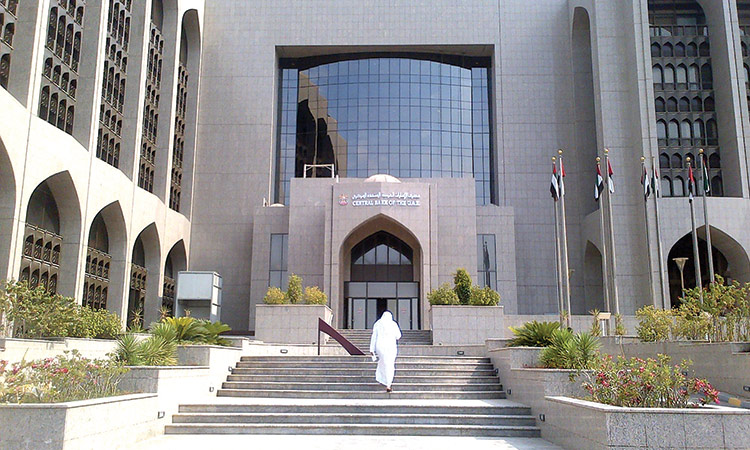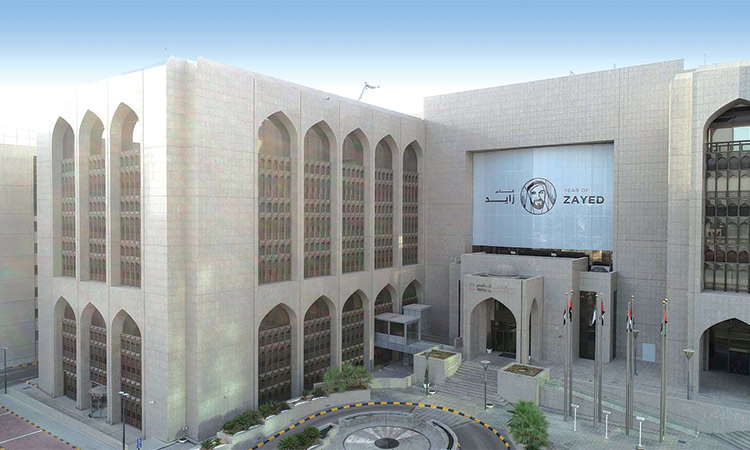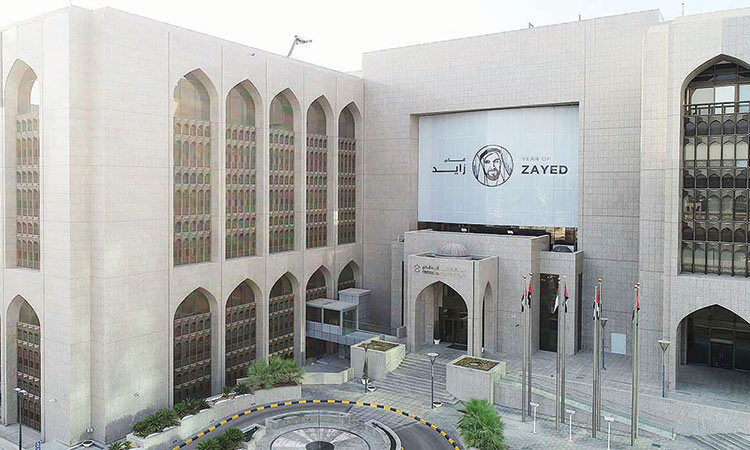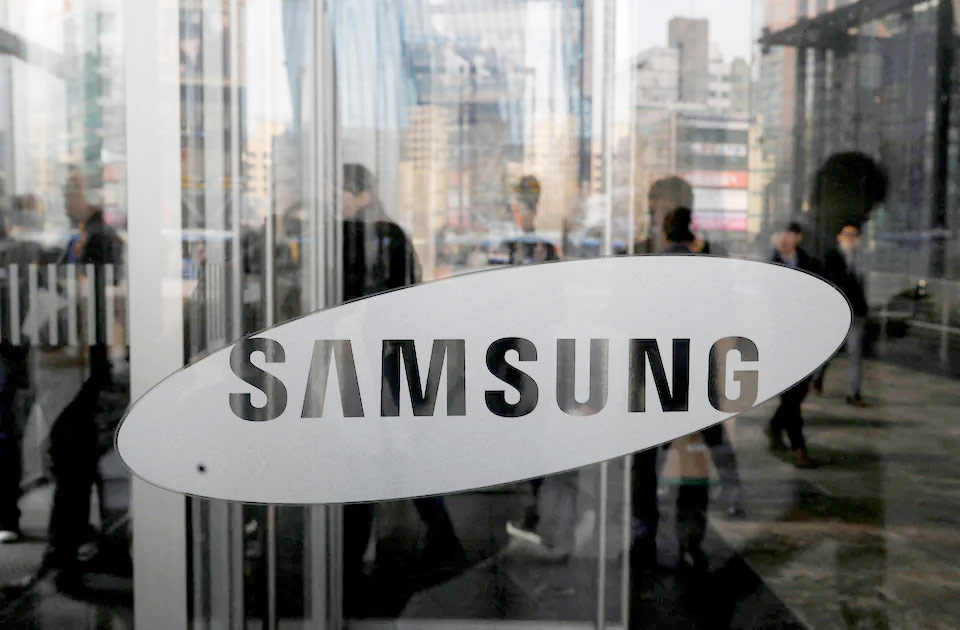UAE banks’ ATMs increased by 15, totalling 4,669

Picture used for illustrative purposes only.
The increase in ATMs in the UAE reflects the rapid technological and structural developments in the country’s banking and financial sector and contributes significantly to enhancing security and operational efficiency.
At the end of the first quarter of 2024, the number of locally incorporated banks (excluding investment banks) increased by one bank to reach 23 banks. The branches of the locally incorporated banks decreased to five branches, reaching an aggregate of 484 branches at the end of March 2024.
The number of electronic banking service units of banks remained constant at 46 units at the end of Q1 2024. Similarly, the number of Cash Offices remained constant at 21 Cash Offices at the end of March 2024.
The number of GCC banks continue to remain steady at the end of the first quarter of 2024 at six banks, plus one wholesale GCC Bank. The branches of these banks also remain constant at six branches at the end of March 2024.
The number of other foreign banks stood at 21 banks with 66 branches, while the number of electronic banking service units of the banks persisted at 21 units at the end of Q1 2024. The number of cash offices of banks remained consistent at one cash office during the first quarter of 2024.
The number of financial institutions licensed by the Central Bank, i.e., Wholesale Banks, Representative Offices, Finance Companies and Money Changers reached 11, 72, 17 and 77, correspondingly, at the end of Q1 2024.
Korean banks to further raise lending rates: Major banks in the Republic of Korea are scurrying to further raise their lending rates, alarmed by a spike in household loans amid extended easing monetary policy, industry sources said on Monday.
Korean news agency Yonhap reported that KB Bank, Shinhan Bank and Hana Bank will raise their lending rates on mortgage loans by between 0.1 percentage point and 0.3 percentage points this week.
They had already conducted a series of hikes in the lending rates on household loans as such loans show no signs of easing in the face of tightened lending criteria.
According to the sources, the country’s top five lenders had already extended 4.18 trillion won (US$3.12 billion) in household loans, mostly home-backed loans, in the first 14 days of this month. Household loans extended by banks gained 5.5 trillion won in July, rising for the fourth consecutive month, led by a rise in mortgage loan growth, according to central bank data.
Policymakers remained worried over a spike in household debts, which could sap further private spending. Borrowing costs in Asia’s fourth-largest economy remain high following the BOK’s aggressive monetary tightening aimed at bringing surging inflation under control.
Last month, the central bank held its key interest rate steady at 3.5 percent for the 12th straight time amid moderating inflation and high household debt. The rate freezes came after the BOK delivered seven consecutive rate hikes from April 2022 to January. The central bank is widely expected to stand pat this week again.
China’s central bank conducts $7.3 billion via reverse repos: China’s central bank conducted 52.1 billion yuan (US$7.3 billion) of seven-day reverse repos at an interest rate of 1.7 percent Monday.
Xinhua News Agency quoted a statement from the People’s Bank of China as saying that the move aims to keep liquidity reasonable and ample in the banking system at the end of this month.
A reverse repo is a process in which the central bank purchases securities from commercial banks through bidding, with an agreement to sell them back in the future.
Spain’s foreign trade deficit decreased in June from a year ago as imports fell faster than exports, preliminary data from the Economy Ministry showed on Monday.
The trade deficit dropped to €0.71 billion (US$0.78 billion) in June from €2.35 billion in the corresponding month last year, dpa reported. In May, the shortfall was also €2.3 billion.
Exports fell 3 percent year-over-year in June, reversing a 2.3 percent gain in the previous month.
Imports declined 7.3 percent after remaining flat in the prior month. Shipments of non-chemical semi-manufactures decreased by 5.6 percent from last year, while those of energy products surged by 27.7 percent.
On a monthly basis, exports were 5 percent lower in June, and imports showed a decline of 9.1 percent. During the second quarter, the total trade deficit of the country was €7.7 billion, down from €8.1 billion in the first quarter.]]>
WAM/ Agencies







